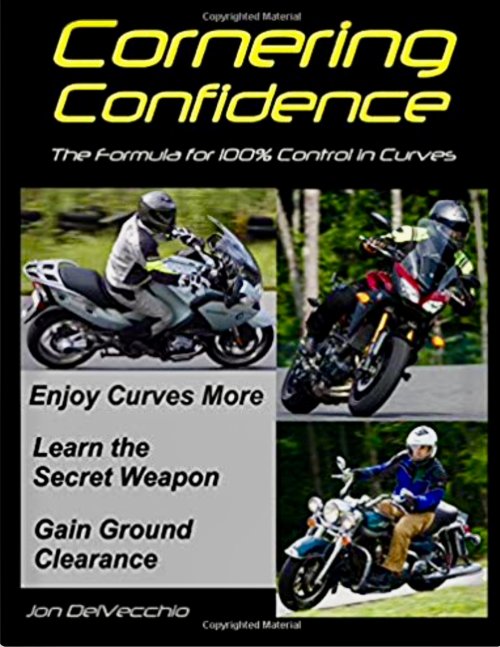I've never under stood why it is standard practice to hang your butt off the seat when cornering hard!
The only reason I can understand if for serious racers who's lean angles either go beyond the edges of the side tread on the tires or lean angle puts the pegs in the pavement.
But I see riders, even racers doing it well before reaching the above limits. Why?
The only reason I can understand if for serious racers who's lean angles either go beyond the edges of the side tread on the tires or lean angle puts the pegs in the pavement.
But I see riders, even racers doing it well before reaching the above limits. Why?


